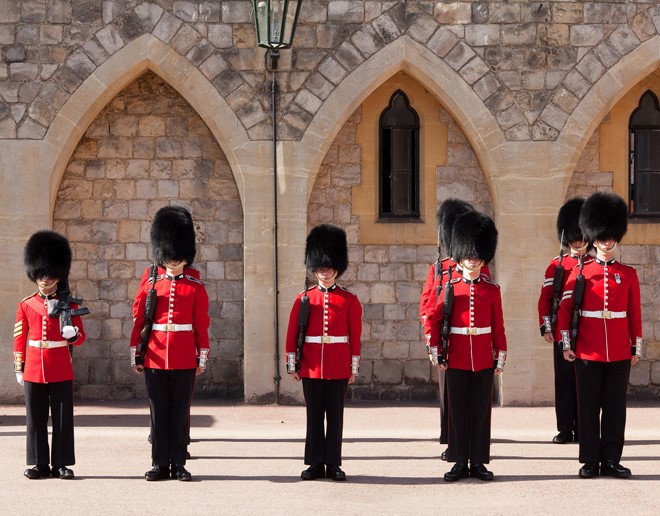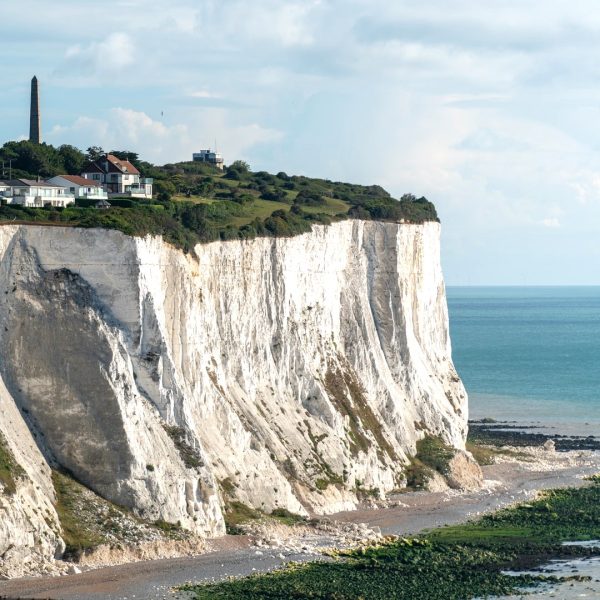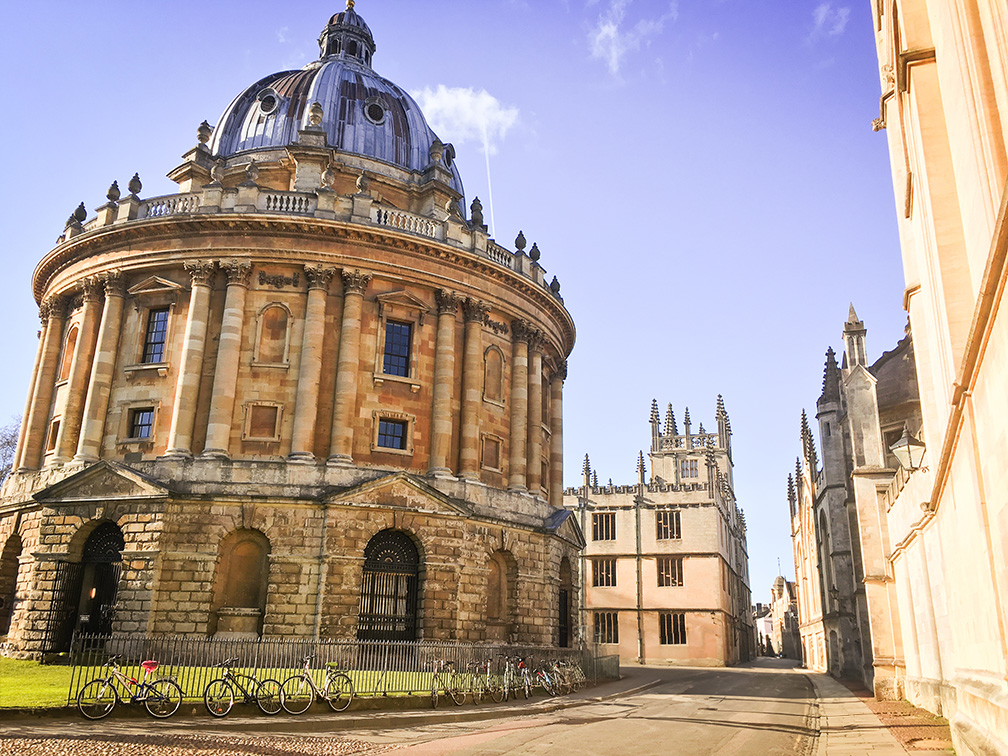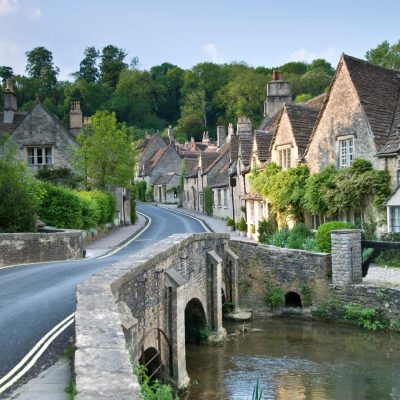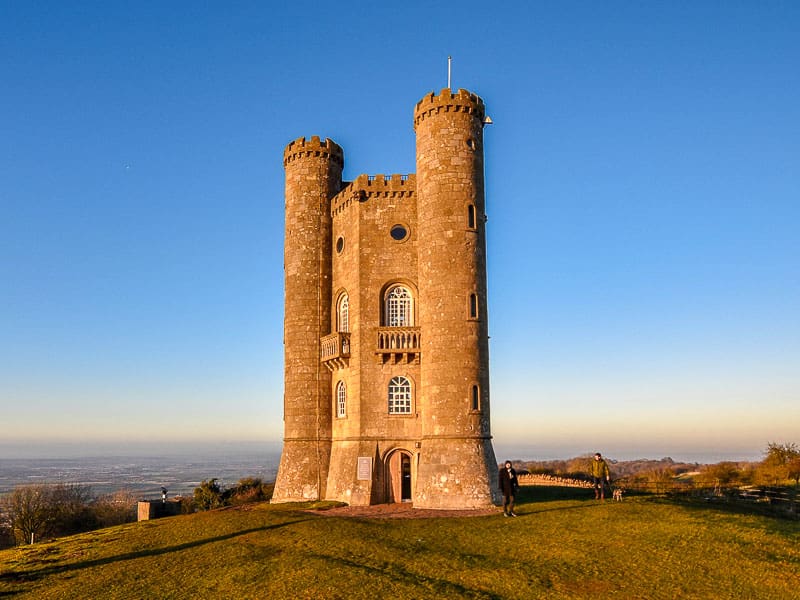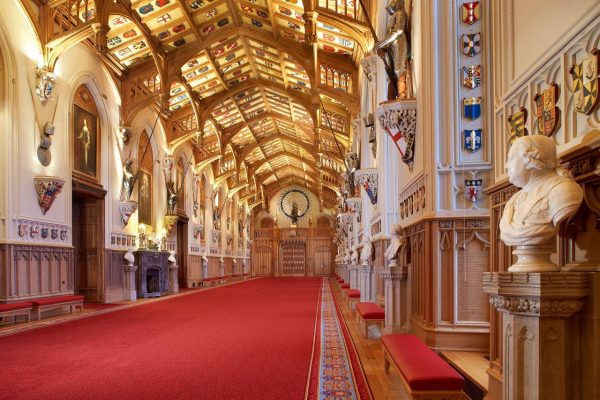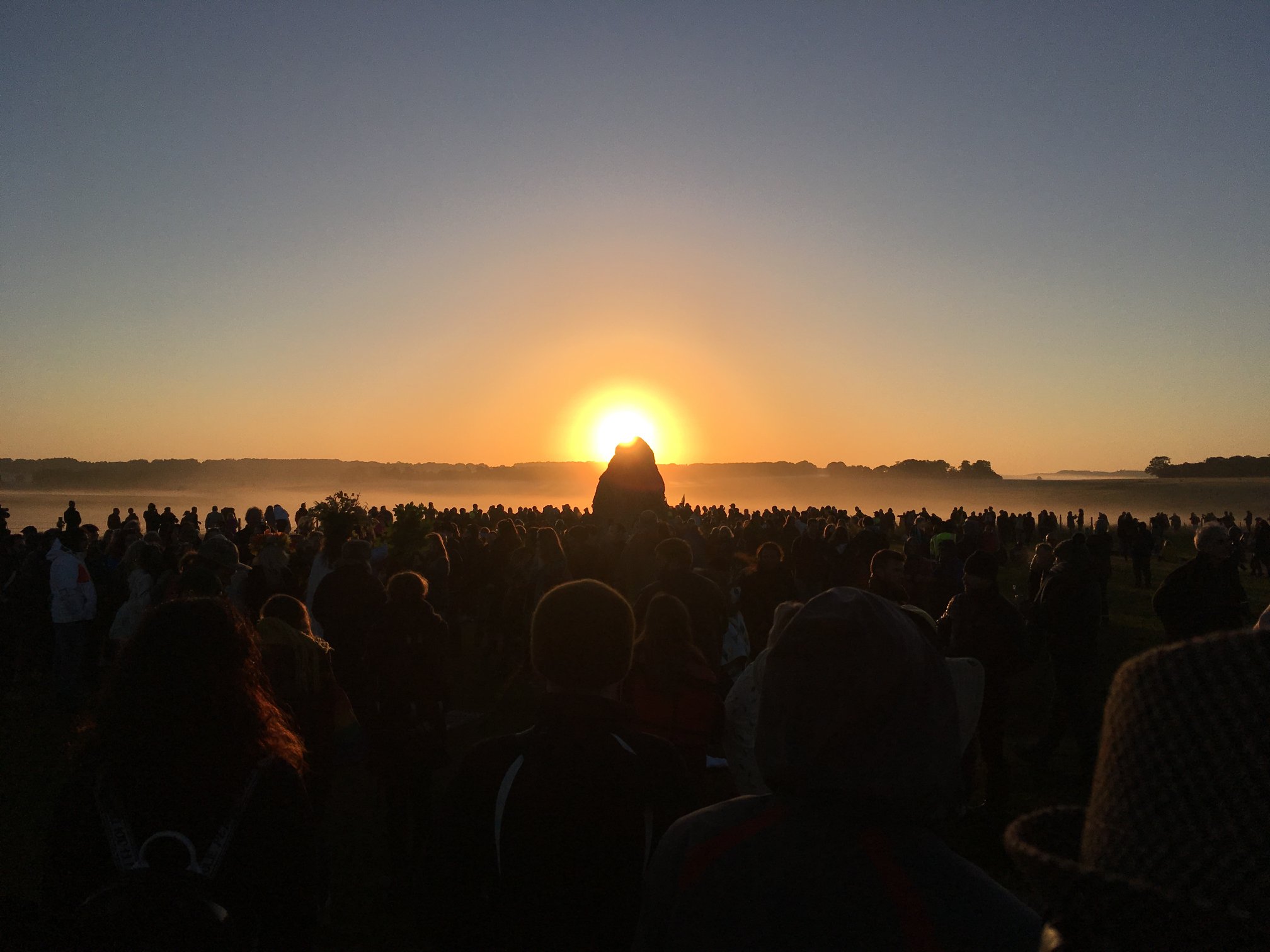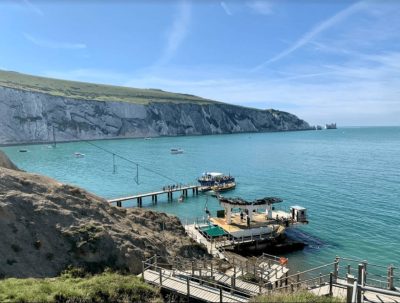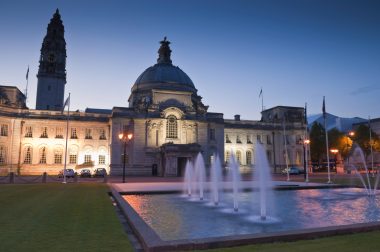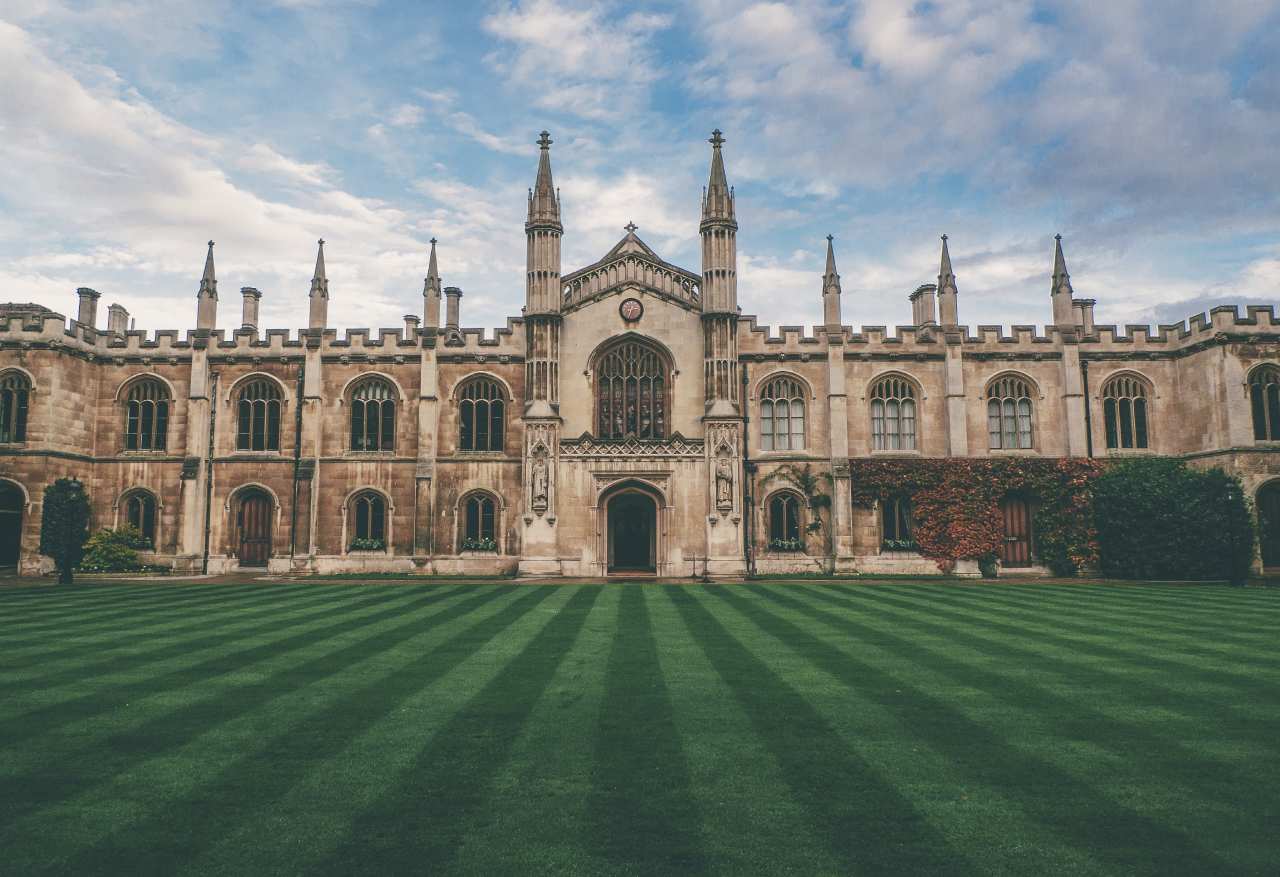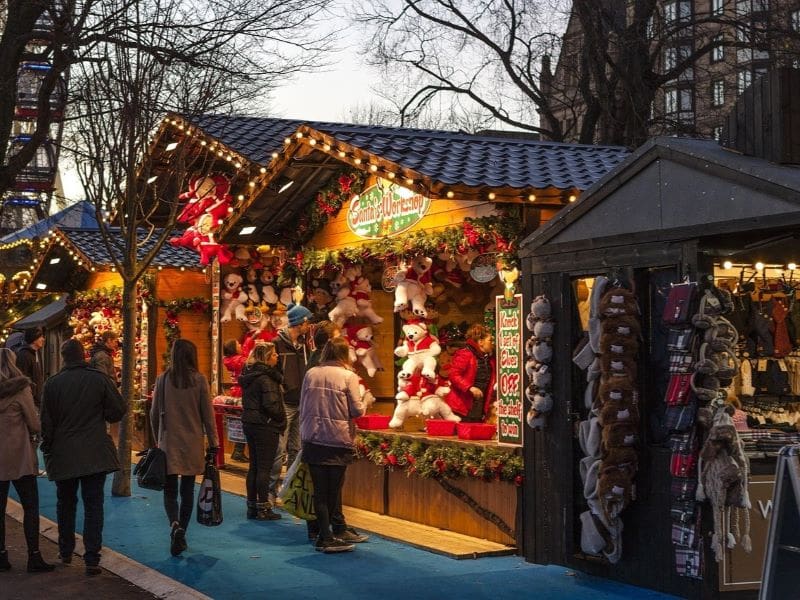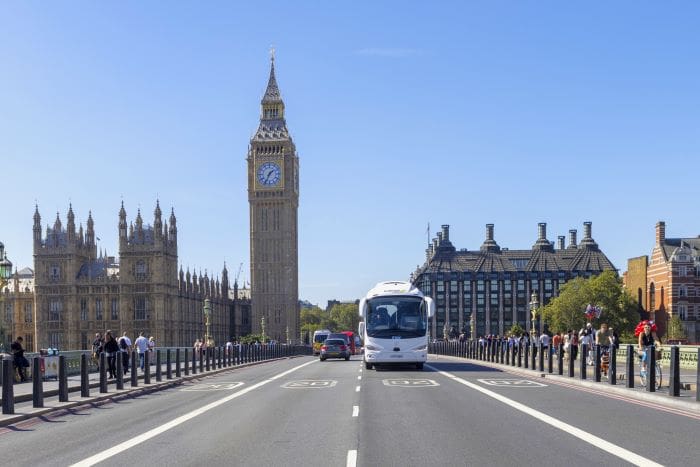Get Ready For London!
Visiting London for the first time? Learn how to save money, avoid common mistakes, and travel like a local—plus must-see spots outside the city!
1. Where to Stay in London to Save on Budget
Excluding the planning of your transportation to get to London, one of the most desirable parts of planning is searching for accommodation. To make things simple, you’ll want to factor in two things:
- Costs
- Travel convenience
A general and simple method is to pick locations outside what’s called Zones 1 and 2. These zones refer to the Transport for London (TfL) map—specifically, the fare zones used for Tube and rail travel in the city. Picking a location outside these zones will help you save on accommodation costs and make travelling to Central London cheaper.
Recommended Budget – Friendly Areas:
Stratford (East London): Great for access to the Central and Jubilee lines, and close to Westfield Shopping Centre.
Wembley (Northwest London): Direct access to the Jubilee and Metropolitan lines, plus bonus views of Wembley Stadium!
Hammersmith (West London): Affordable with multiple Tube lines and a buzzing local feel.
Walthamstow (Northeast London): End of the Victoria line, but vibrant and full of great markets and coffee shops.
Tooting (South London): On the Northern Line, known for its multicultural vibe and top-rated food scene.
Tip: Download the TFL Tube Map here. It’ll be helpful for picking locations to do some accommodation searching. Keep this handy also for easier navigation of the Underground.
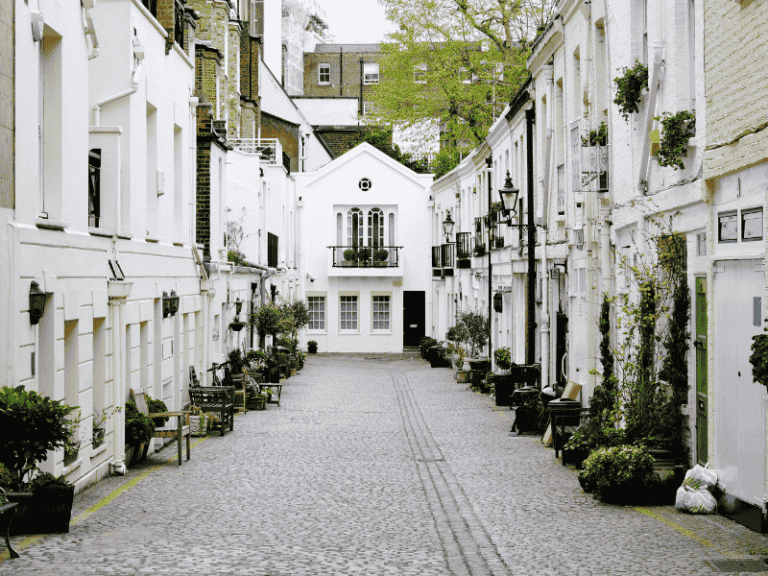
2. Using the London Underground to Get About
Let’s move on to using the London Underground—your best friend for getting around the city. At first, navigating the Tube may feel overwhelming, but it’s a great tool for getting around.
It’s the fastest and simplest way to get around the city. You’ll notice when you look at the map, each line is coloured, making it easy to travel to your location.
Tip: Plan routes beforehand using Citymapper, the TfL Go App, or Google Maps. No need to purchase a Travelcard—you can simply use your contactless card or mobile with no extra charges.
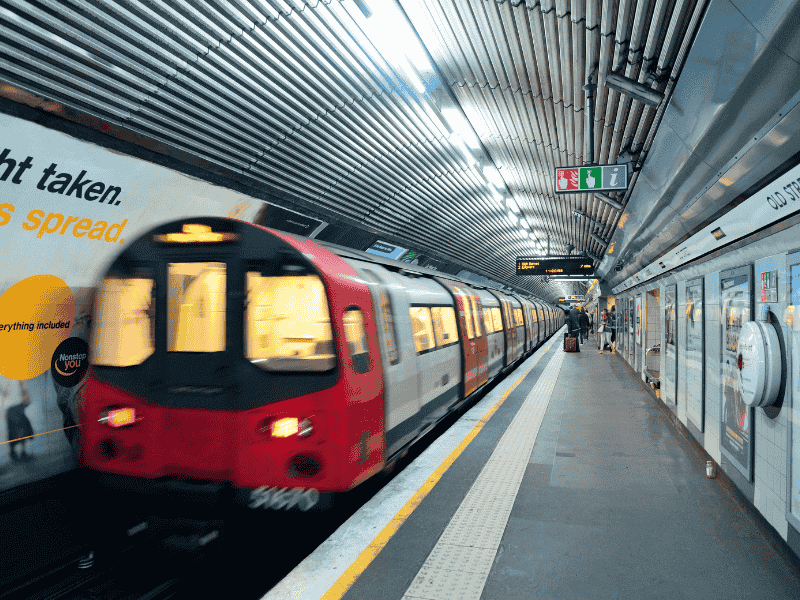
3. How to Stay Safe in London
Just like any major city, where there’s hustle and bustle, an inflow of tourists enjoying the museums and attractions, and people running their daily errands—you can expect petty crime. Petty crime can be anything from pickpocketing and mobile phone theft to scams.
Now, while London is generally safe and the chances of this happening to you are indeed low, it’s always better to stay on the side of caution!
Most incidents of petty crime will happen in the areas you plan to visit! These hotspots are Trafalgar Square, Leicester Square, Oxford Street, South Bank near the London Eye, and more.
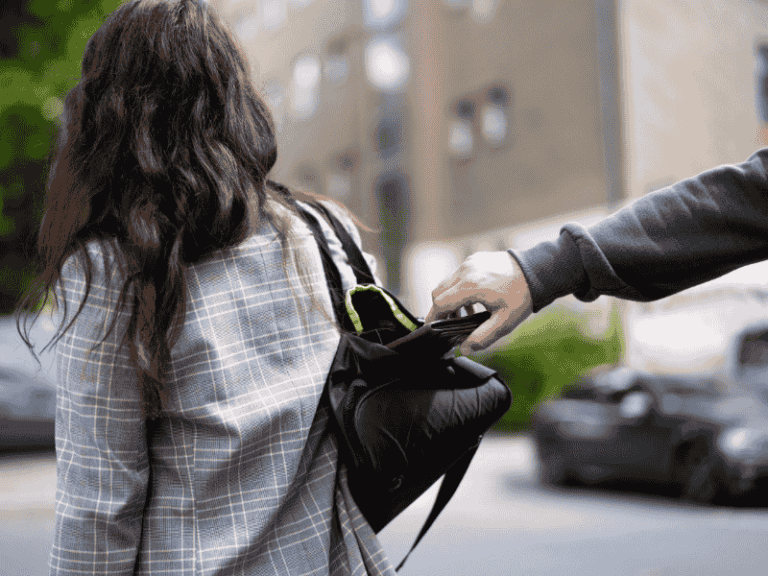
Our Top Safety Tips: The Do’s and Don’ts
General
Don’t: Keep valuables like phones and wallets in your back pocket.
Do: Use front pockets or a secure money belt.
Bags
Don’t: Carry an open or loose handbag on one shoulder.
Do: Wear crossbody bags and ensure they are zipped.
Interacting with Strangers
Don’t: Accept unsolicited gifts or let people invade your space.
Do: Politely decline and walk away.
Phone Use
Don’t: Use your phone distractedly in public or near roads.
Do: Be aware of your surroundings when using your phone, especially at night or in crowded areas.
Tip: Use an anti-theft mobile strap or a lanyard. Have your phone storage backed up on a cloud and make sure “Find my phone” settings are turned on.
Subscribe!
Get regular updates and discount codes to share with travel mates.
Understanding British Cultural Norms
Queuing
The Brits are notorious for queuing, and it’s fair to say we’ve perfected it as an art. So much so, it’s ingrained in our identity. It’s polite, fair, and helps everyone to have their personal space (which is loved by Brits even more than tea!).
As you visit attractions like the Tower of London, prepare to tap at the ticket barriers to enter the Tube, or stop by the local chippy for some fish & chips—you’ll want to make sure you do the British thing: queue!
Failing to do so may lead to:
Disapproving looks
Polite but firm comments
An awkward moment you’ll never forget
Personal Space
You’ll quickly gather this with any significant amount of time here in London. A sacred space that Londoners have is their personal space. Personal space can be understood as an imaginary boundary that Brits prefer not to have crossed without good reason. It’s not something you can see—but you’ll definitely feel it if you get too close!
Tip: Give others a bit of space while queueing, sitting on the Tube, or walking on the pavement. It’ll go a long way.
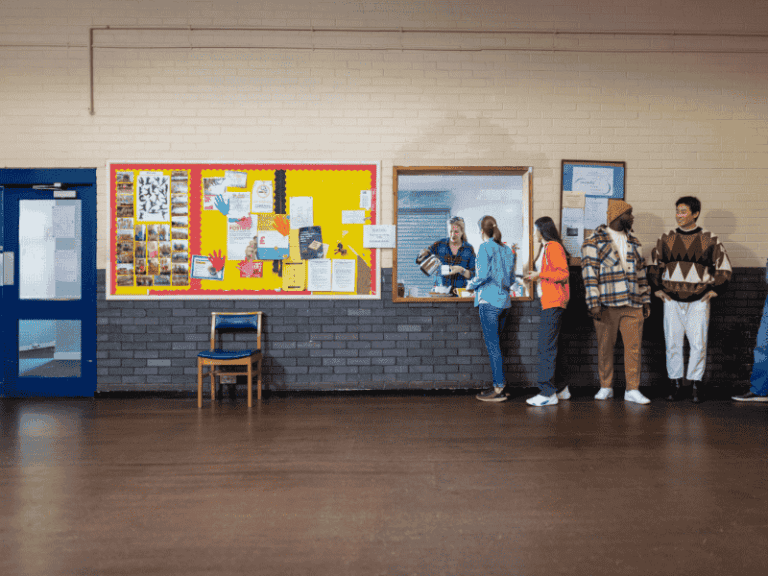
Manners
Politeness is the secret sauce of British culture. You’ll hear “please,” “thank you,” “sorry,” and “excuse me” more times than you can count—even if nobody’s done anything wrong! Hold doors open, say thanks to the bus driver, and give people space on the pavement—you’ll fit right in.
When manners meet personal space in the underground, you get what Londoners call Tube Etiquette:
Stand on the right of escalators (left is for walking).
Let passengers off before you get on.
Keep voices down and bags at your feet in busy carriages.
Offer seats to those who need them more—though you might not get a “thanks,” trust us, we notice.
Small Talk
If you find yourself striking up a conversation with the hotel concierge, the person on the bus next to you, or in the queue—you’ll notice Brits love to be slightly reserved and simple in conversation. Expect dry humour, polite nods, and a quick chat about things like the weather, travel plans, or your schedule for the day.
As a last note on small talk—don’t take it personally if you meet a reserved Brit!
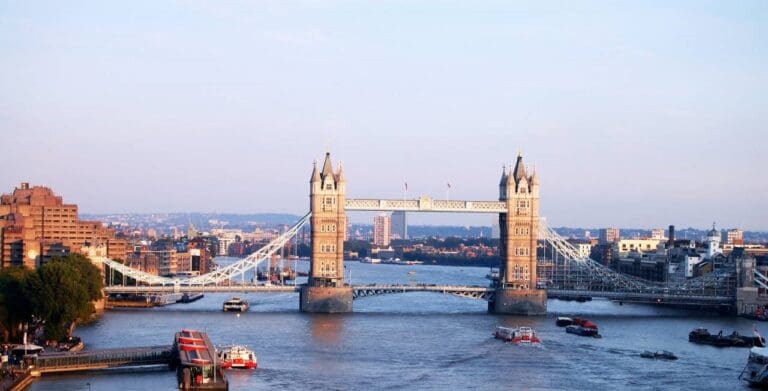
Dining Manners & Tipping
Eating out in the UK comes with its own set of polite habits and expectations. Whether you’re at a casual pub or a sit-down restaurant, knowing a few basic dining manners and when to tip can help you avoid awkward moments and enjoy your meal like a local.
Dining Manners
Use your cutlery properly—knife in right hand, fork in left (in formal spots).
Wait until everyone’s served before you tuck in.
Say “please” and “thank you” to waiting staff—it’s appreciated.
Tipping in the UK
Restaurants: 10–12.5% if service isn’t included.
Pubs: No need to tip unless you’ve had table service.
Taxis: Rounding up the fare is fine.
Hotels: Tip porters £1–£2 per bag if you fancy.
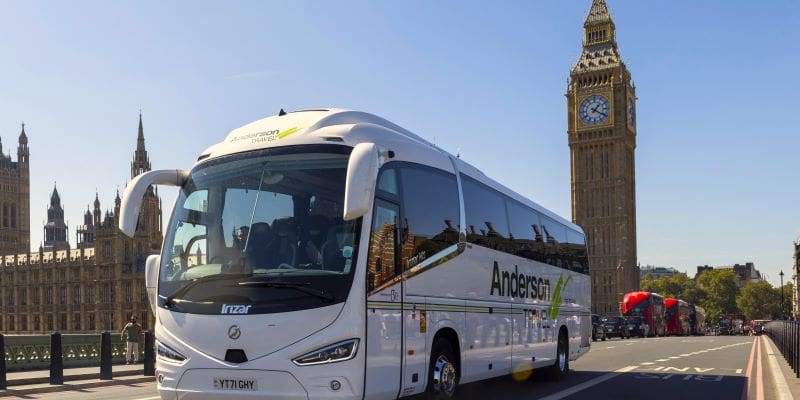
5. Plan a Day Out of London
While London has so much to offer, taking a day trip outside the city can be just as rewarding. From the beautiful countryside towns to the historic landmarks that tell the story of England’s past. There’s a lot to explore, check out the Top 10 days trips from London.
Top Day Trip Ideas:
Windsor Castle – Royal residence and rich in history.
Stonehenge & Bath – Prehistoric marvel and Roman heritage.
Oxford & Cambridge – University towns with stunning architecture.
Canterbury – Historic cathedral city with charming streets.
- Cotswolds – Outstanding traditional English countryside.
Day trips from London & Private Group Tours
Join us on popular day trips from London and ditch the travel planning to focus on attractions you want to see. Learn about our Private Group Tours also!

